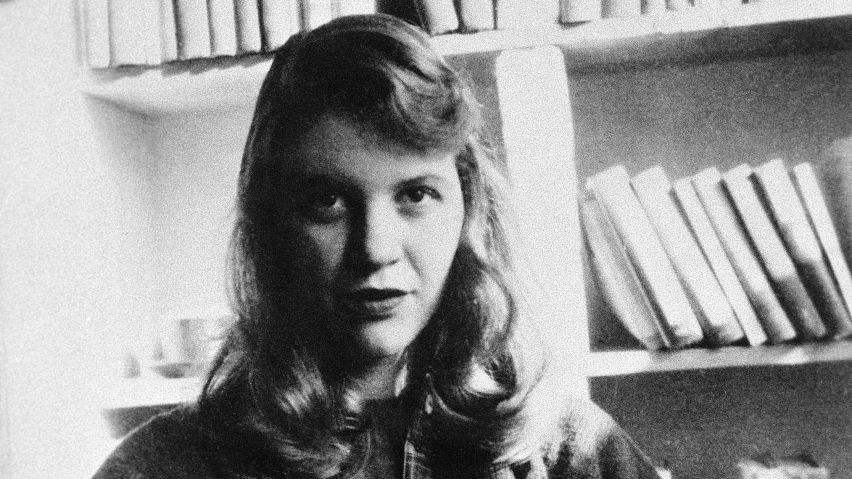What Sylvia Plath Ate
Like many a literary-minded girl with depressive tendencies, I had my Sylvia Plath phase. I memorized the poems and studied The Bell Jar like it was a guide to life. I read all the biographies. I pored over the letters and the diaries. I wondered when I would meet my own Ted Hughes. In the wake of a breakup, I dyed my hair red so I could could rise out of the ash and eat men like air.
Rebecca Brill, a nonfiction writer and an MFA student at the University of Minnesota, is also part of the sisterhood of Plath-obsessives. Last year at the start of the pandemic, the quarantine isolation was starting to make her feel a bit depressed. So she turned to Plath for company. As she re-read the diaries, she noticed for the first time just how much Plath wrote about food. And not in a "I am too sad to eat" or "the kitchen and patriarchy are oppressing me" kind of way. Plath loved food. She loved to eat and concoct weird little meals for herself and drink sherry and eat nuts for the sensual experience.
Because it was 2020, Brill decided to turn this observation into a social media project. (It is her second; previously, she tweeted out excerpts from Susan Sontag's diaries.) Every day, under the handle @whatsylviaate, she tweeted out another food-related excerpt from the diaries and letters. She began on March 23, 2020, with a dinner Plath ate in 1952 when she was a student at Smith College:
Swordfish and sour cream broiled. Hollandaise and broccoli. Grape pie and icecream, rich, warm. And port, sharp, sweet, startling gulped with a sudden good sting behind the eyes and a relaxing into easy laughter. Good scalding black coffee. 1952
— Sylvia Plath's Food Diary (@whatsylviaate) March 24, 2020
(Was this dining hall food? It is unclear. If so, I am wondering what has happened to dining hall food in the past 70 years.)
Eventually Brill recruited a collaborator, artist Lily Taylor, who does an illustration every Sunday.
Sylvia Plath's Food Diary is more than a catalog of meals, though. As Atlas Obscura explains in a story about the project, "the focus on food provided a counter-narrative to the popular portrayal of the poet as an alluringly waifish, doomed woman."
Brill has the blessing of Laura Shapiro, one of the first writers to really explore the subject of women and food. "When you cook and shop and think about food, it's not that you're doing it in poetic meter, but you are the same person. It's not that we're compartmentalized," Shapiro told Atlas Obscura. "Sylvia Plath is a prime example."
It's also fun from a voyeuristic perspective to see all of Plath's meals, especially as rendered in Taylor's drawings. After all, poets—even doomed poets—have to eat, too, and nobody described food like Plath.
